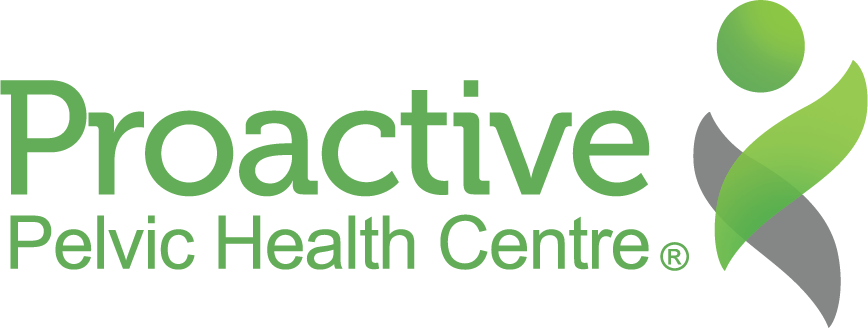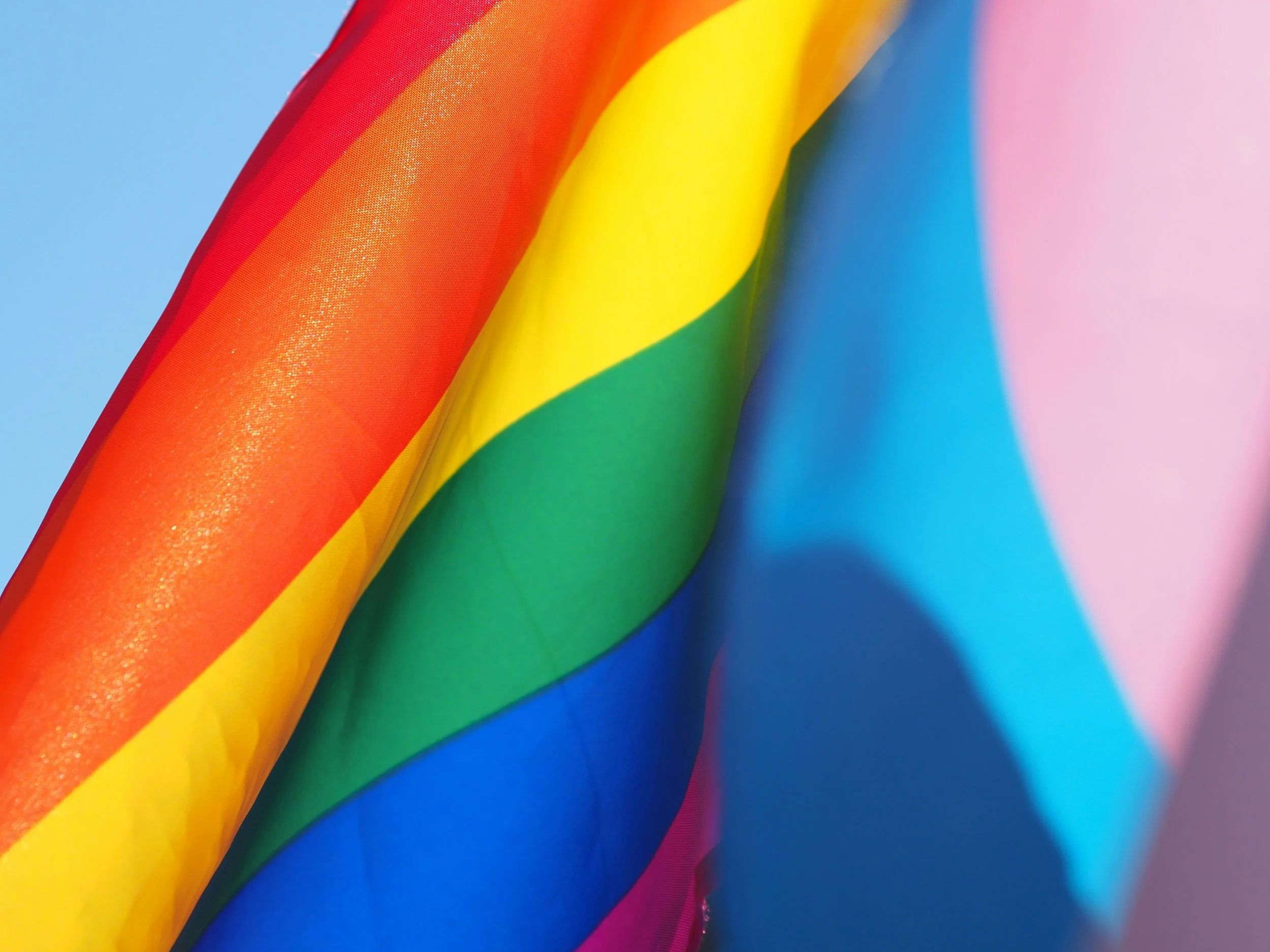Differentiating Biological Sex, Gender Identity, and Sexual Orientation (and Why it Matters)
Maria Cheung, BSc., MPH, ABS
Registered Clinical Sexologist
It’s Pride month and I’m here to address a critical gap in sexual education that most of us never had [1]. One that is inclusive of the LGBTQ+ community outside of hetero-normative relating, and an outdated gender binary understanding (more on both of these terms below).
In the Modern West, human sexuality has been demonize, made taboo, and politicized, creating multiple barriers to consistent and reliable sources of information about the difference between biological sex, gender identity and sexual orientation. All of which impact education, law, public policy, equitable healthcare delivery and ultimately human rights protection for the LGBTQ+ community [2]. (For a future blog, I’ll dive into how indigenous communities around the world and many pre-colonized communities already held this understanding of a non-binary view of human sexuality).
Moreover, while it’s improved in recent years, there has historically been an underrepresentation of LGBTQ+ people in the media. Unless you are someone who explicitly studied Human Sexuality, are a part of this community or were exposed to the LGBTQ+ community, it therefore takes extra effort to come to this more nuanced understanding. Because of the gap in knowledge and representation, many conflate these qualities of human sexuality, causing confusion or misinformation. It’s important to differentiate them, and understand how they interrelate.
This blog aims to explore the key concepts of biological sex, sexual orientation, and gender identity, showing how these different aspects connect and influence each other. Whether you're:
exploring your own identity within the LGBTQ+ community
supporting friends or family as an ally
learning to move beyond traditional assumptions about gender and sexuality
Biological Sex
Biological sex is a complex interplay of various physical characteristics, including;
chromosomal patterns (XX, XY, and other variations)
hormonal profiles (testosterone, estrogen, and others), and both primary and secondary sex characteristics
A crucial understanding often overlooked is that biological sex exists on a spectrum rather than a strict binary[3]. The existence of intersex conditions - natural variations in these characteristics - provides clear evidence of this biological diversity. Modern science continues to reveal the complexity of biological sex, challenging oversimplified binary categorizations.
Gender Identity
Gender identity is a social construct that represents our deeply personal, internal sense of being male, female, non-binary, genderfluid, or another gender identity entirely. This fundamental aspect of self exists independently of biological sex characteristics. The term 'cisgender' describes individuals whose gender identity aligns with their sex assigned at birth, while 'transgender' refers to those whose gender identity differs from their assigned sex. Understanding gender identity as distinct from biological sex helps us recognize and respect the authenticity of each person's lived experience, such that some folks feel completely aligned with their biological sex, while others don’t to varying degrees[5].
Sexual Orientation
Sexual orientation encompasses the complex patterns of emotional, romantic, and/or sexual attraction that individuals experience with another. This spectrum includes
heterosexual (attracted to different genders),
homosexual (attracted to the same gender),
bisexual (attracted to two or more genders),
pansexual (attracted regardless of gender), and
asexual (experiencing little to no sexual attraction) identities[4].
Each of these orientations represents a valid and natural expression of human sexuality, deserving of recognition and respect.
It's important to note that we live in a world that is designed to be "heteronormative" - meaning that heterosexuality and traditional gender roles are assumed to be the default or "normal" way of being. This assumption creates invisible barriers for LGBTQ+ individuals who must constantly navigate spaces, institutions, and social situations that weren't designed with them in mind. From healthcare forms that only provide binary gender options to wedding traditions that assume one bride and one groom, heteronormativity can make LGBTQ+ people feel excluded, invisible, or forced to repeatedly "come out" in everyday situations.
How They Intersect
These three fundamental aspects of identity - biological sex, gender identity, and sexual orientation - exist independently while maintaining complex interconnections. It's important to understand that one aspect doesn't determine another; biological sex doesn't predict gender identity, just as gender identity doesn't determine sexual orientation. Each person's combination of these characteristics is unique and valid.
Common Misconceptions
Several persistent misconceptions need addressing:
Gender expression - how individuals present themselves through clothing, behavior, and appearance - is distinct from gender identity.
Sexual orientation describes patterns of attraction rather than personal identity.
Perhaps most importantly, none of these aspects of human identity exist as simple binaries, but rather as rich spectrums of possibility.
Supporting Diversity, Healing and Liberation
As discussed extensively in the Myth of Normal by Dr. Gabor Mate [6], Illness in the body and in our psychology shows up in our body when we are feeling unseen or unsafe to be our authentic self along our development from childhood into adulthood. In fact healing in the body only happens when the body stops needing to protect itself from potential threats of unsafety or fighting to exist (in close relationships, culture, politically etc.), demonstrating how much our environments impact our body’s ability to feel peace, repair and thrive. If this blog has clarified some confusion or ignorance, offer yourself and those impacted compassion. The system is not currently set up for you to have known better and is truly making us sick. If you are feeling compelled to continue to learn and do better, here are some reminders and key practices for creating truly inclusive environments:
using appropriate pronouns and terminology
avoiding assumptions about others' identities or orientations
acknowledging the uniqueness of each individual's journey, and
actively maintaining safe spaces for open dialogue and authentic self-expression.
This commitment to understanding and respect forms the foundation of meaningful support, healing and liberation for LGBTQ+ individuals and communities. If this blog spoke to you, or you know someone who could benefit from ongoing conversations about any of the above consider booking a discovery call with Maria Cheung, our clinical sexologist who is herself queer and polyamorous, offering individuals and partner(s) virtual sessions in a supportive environment to heal and live into their most authentic self.
References:
[1] World Health Organization. (2024). "Comprehensive Sexuality Education and LGBTQ+ Health." WHO Technical Report Series.
[2] Queen’s Gazette. (2024). “Shifts in how sex and gender identity are defined may alter human rights protections”.
[] American Psychological Association. (2023). "Guidelines for Psychological Practice with Sexual and Gender Minority Persons."
[3] Ainsworth, C. (2023). "Sex Redefined: The Idea of Two Sexes Is Overly Simplistic." Nature, 518(7539), 288-291.
[4] The Trevor Project. (2024). "National Survey on LGBTQ Youth Mental Health."
[5] American Psychological Association. (2024). "Guidelines for Psychological Practice with Transgender and Gender Nonconforming People." American Psychologist, 79(1), 1-32.:
[6]Dr. Mate, G. (2022).”The Myth of Normal: Trauma, Illness and Healing in a Toxic Culture”.


